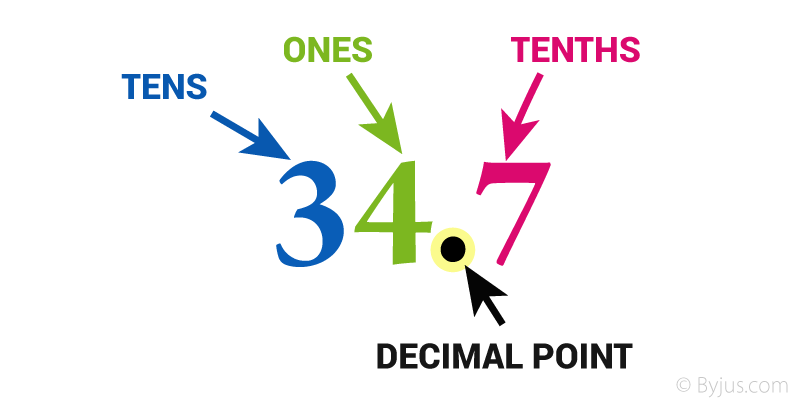

Multiply the divisor by the quotient in the tens place column.Divide the tens column dividend by the divisor.The steps are more or less the same, except for one new addition: Now it’s time for students to tackle problems where the divisor doesn’t fit neatly into the tens orones column. Have them multiply the divisor by the quotient and add the remainder - the answer should be the same as the dividend they started with.
#How do you do division with decimals how to
This is a good time in the lesson to teach students how to check their answers. Make sure to model several problems as a class so students can begin to understand the steps and how to properly write their answers. The number they’re left with is the remainder. Subtract the product from the ones column.Multiply the divisor by the quotient in the right place column.Divide the ones column dividend by the divisor.But how many times does 5 go into 7, and what do you do with the leftovers?

Now, begin with the tens column and work through the problem: 5 goes into 5 exactly once, so there’s nothing left there. That’s where you come in to save the day and explain how to do long division with remainders.įirst, show students a problem that has a remainder in the ones: Divide students into groups of three, four or six and give each group 50 cotton balls (or jelly beans, or pompoms, or marshmallows - whatever small object is accessible in your classroom).Īsk students to divide the objects up so each member of the group has an equal number, then watch and wait.Įventually, they’ll understand they can’t divide it evenly and there will always be some objects left over. Instead of jumping right into an equation with remainders, start with another object lesson. Have your students practise the step above until they’re comfortable with the basic format. Teach students that when they’re asking how many times 2 can go into 4, they’re really asking how many times 2 goes into 40.

Use these simple equations to reinforce place value. Then, repeat the step with the second digit in the dividend. Once they come up with the correct answer, put 2 above 4. This might be a tricky concept for them, so use the idea of sharing: If you want to share 4 objects between 2 people, how many objects does each person get? Ask students how many times 2 fits into 4.


 0 kommentar(er)
0 kommentar(er)
